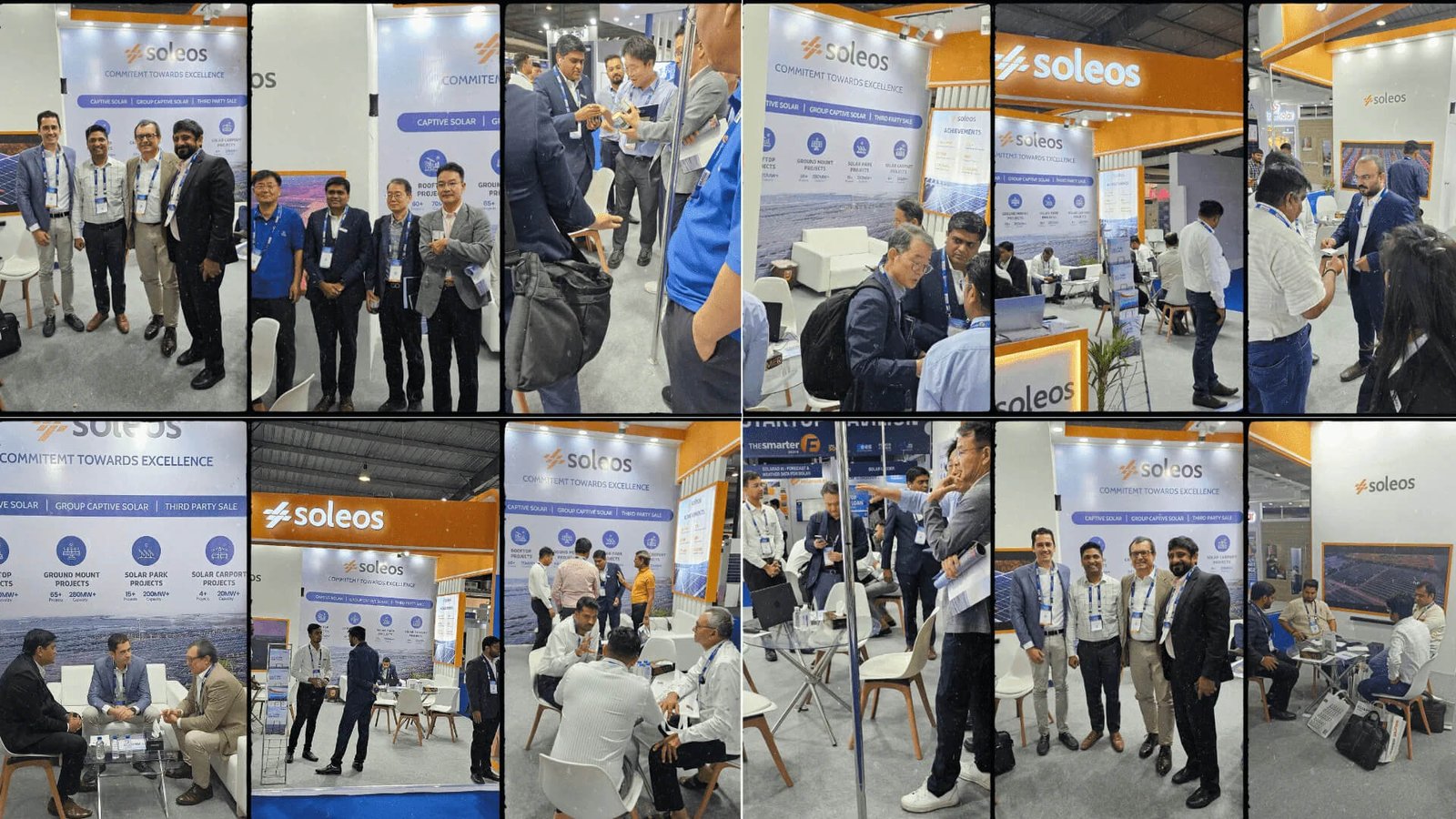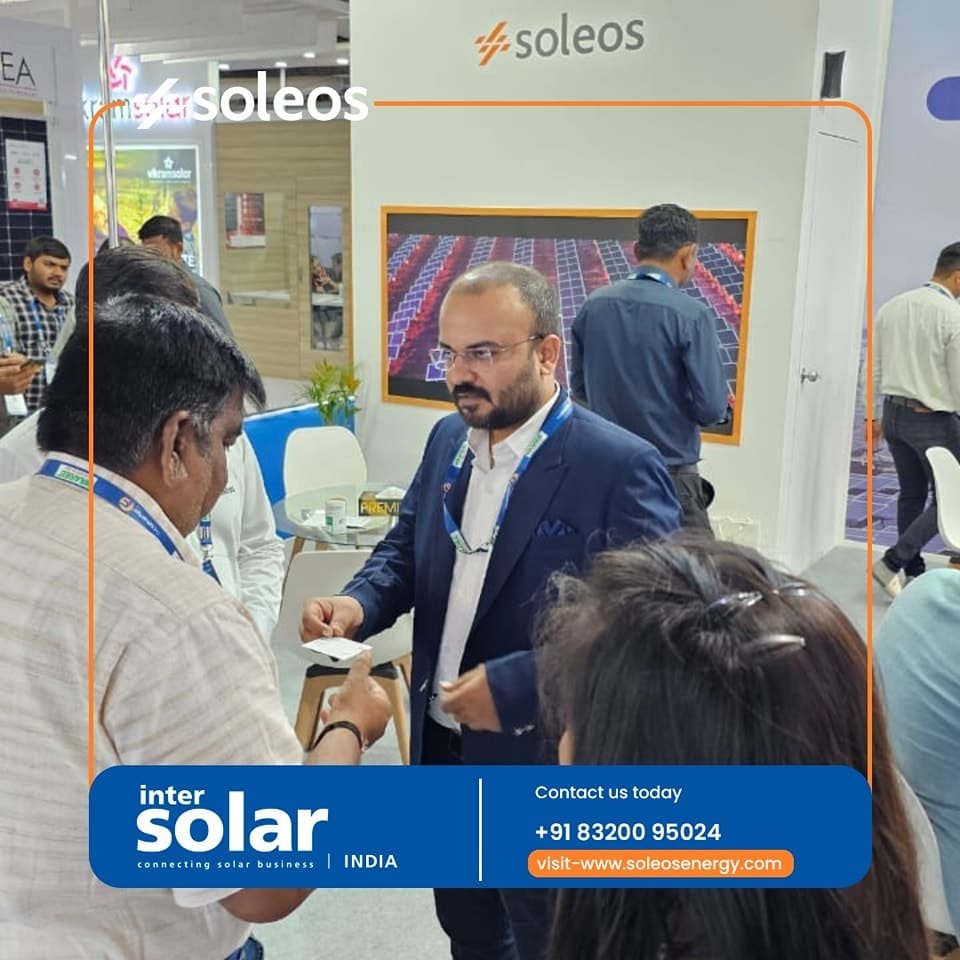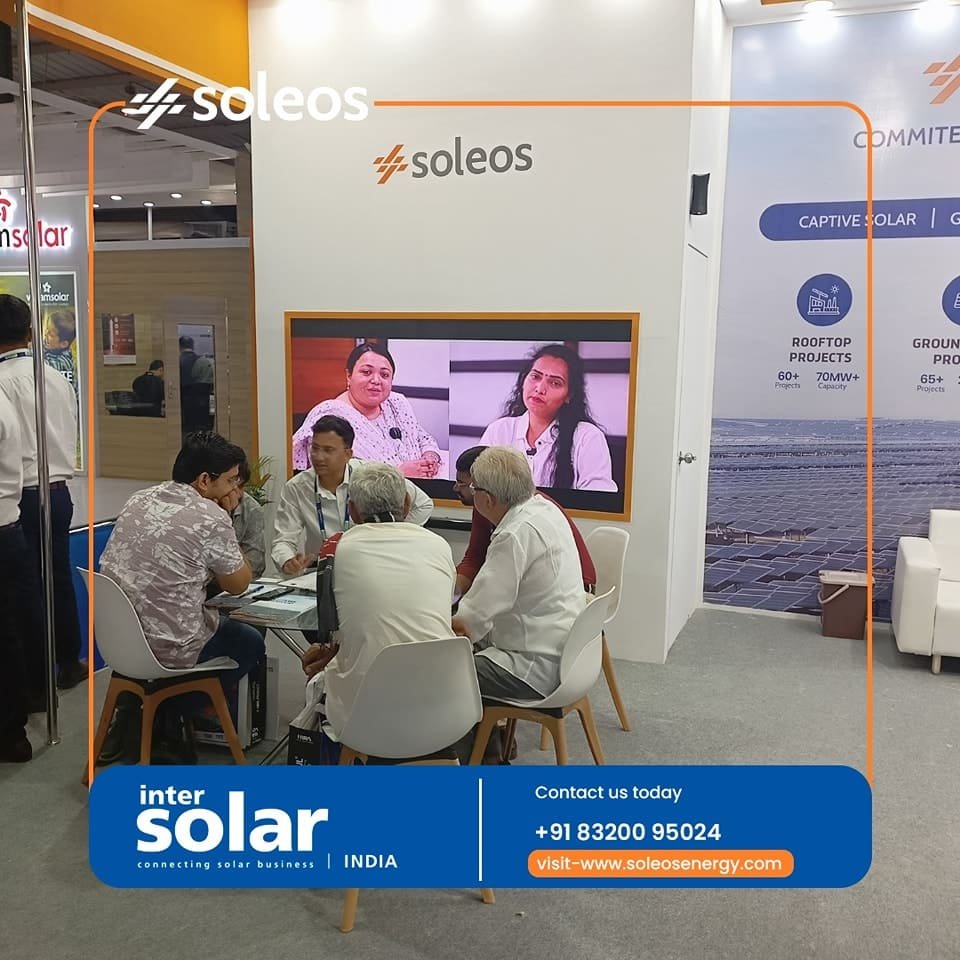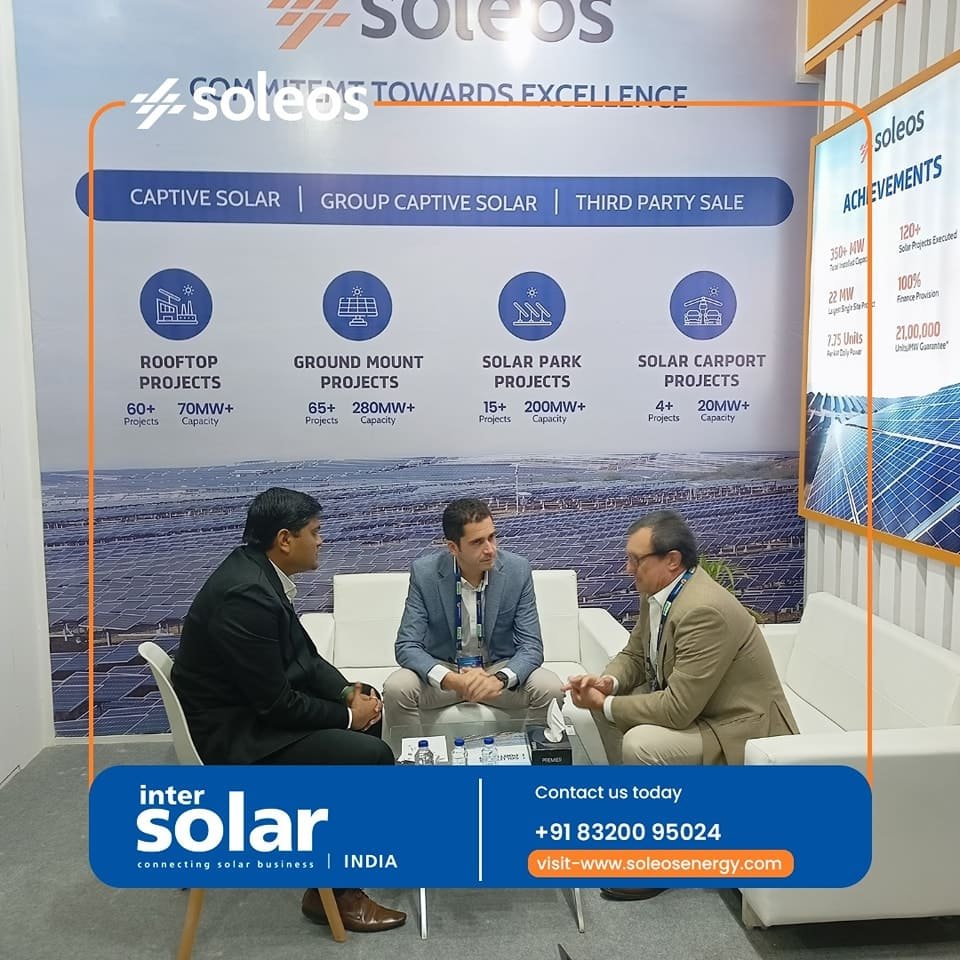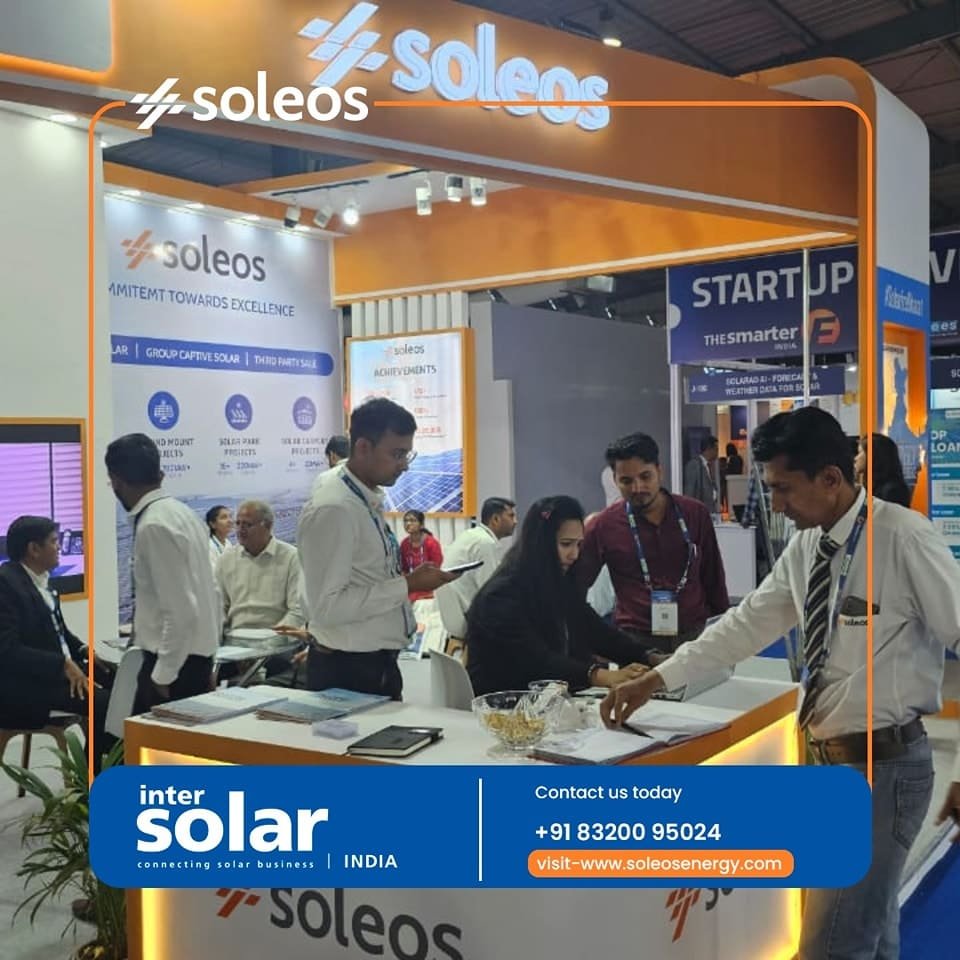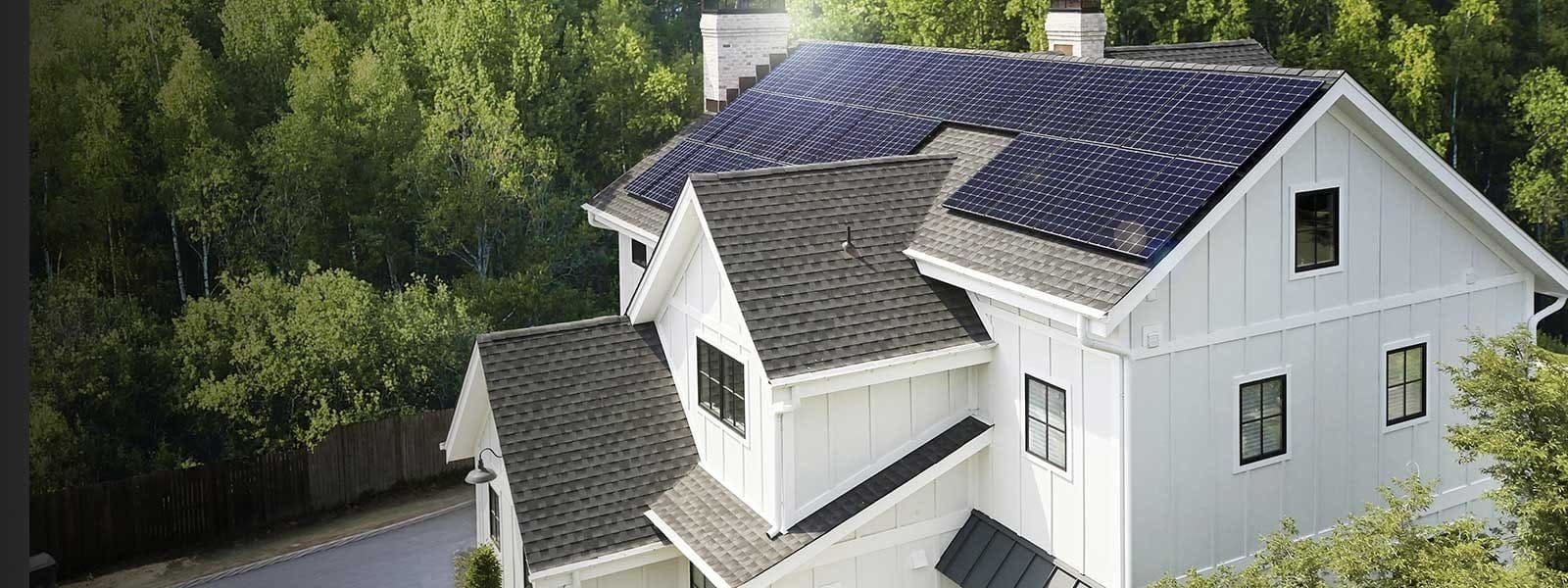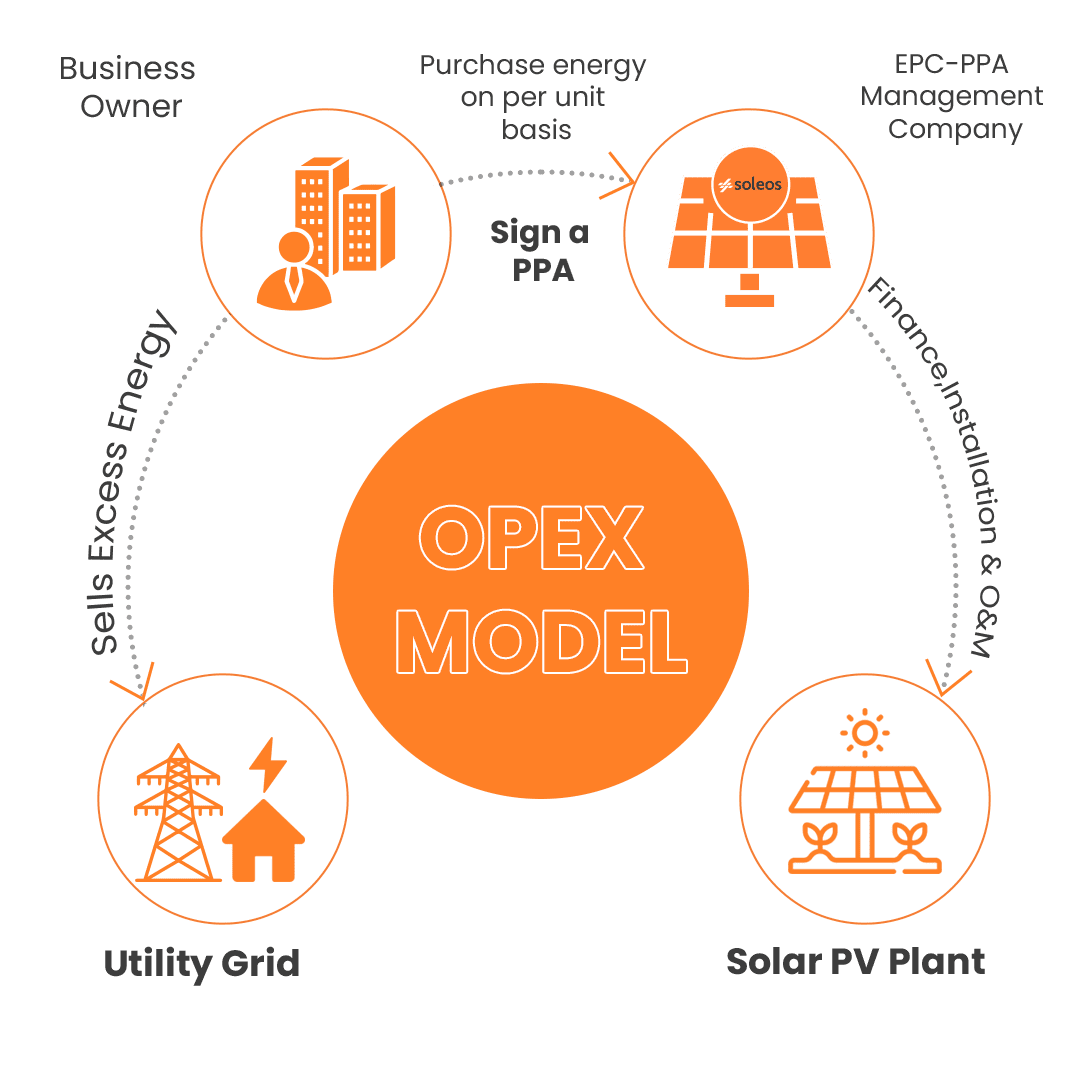For decades, solar power has represented the tantalizing promise of clean, renewable energy harvested right from the sun. The potential seems obvious – the sun beams down enough energy in one hour to supply our planet’s energy needs for an entire year. Yet while solar makes up only a tiny fraction of global energy production today, the technology has improved dramatically in efficiency and affordability. We now stand at the cusp of a solar revolution that could truly transform how we power our world. From rooftop solar panels to vast utility-scale solar farms, we finally have the know-how and economics to tap into the sun’s abundant energy. This guide will explore how solar works, the different technologies involved, and the profound environmental benefits of solar. The time has come for solar to shine (Sunlight to Electricity) and lead us to a sustainable energy future.
How Solar Energy Works
Solar energy originates from the sun’s radiation. The sun is essentially a massive nuclear reactor, fusing atoms together and releasing enormous amounts of energy in the process. This energy radiates outwards in all directions in the form of photons, or particles of light. The sun emits photons across the entire electromagnetic spectrum, from radio waves to x-rays. Visible light accounts for about 43% of the sun’s total radiation.

These photons stream towards Earth at the speed of light, taking around 8 minutes and 20 seconds to travel the average distance of 93 million miles from the sun to our planet. Upon reaching the outer limits of Earth’s atmosphere, this radiation interacts with air molecules and is scattered in all directions. Some of the photons are reflected back into space, but many pass through the atmosphere and reach Earth’s surface.
When sunlight to electricity hits a solar cell or panel, the photons are absorbed by the semiconductor material within the cell. The energy of the photons knocks electrons loose from their atoms, enabling them to flow freely. Metal conductors within the cell collect the electrons and produce an electric current that can then be utilized as electricity. In this way, the sun’s nuclear fusion process provides a constant stream of photons that allow solar panels to generate renewable electricity.
Photovoltaic Solar Panels
Photovoltaic (PV) solar panels are one of the most common ways to harness solar energy. They work by converting sunlight to electricity directly into electricity through the photovoltaic effect.
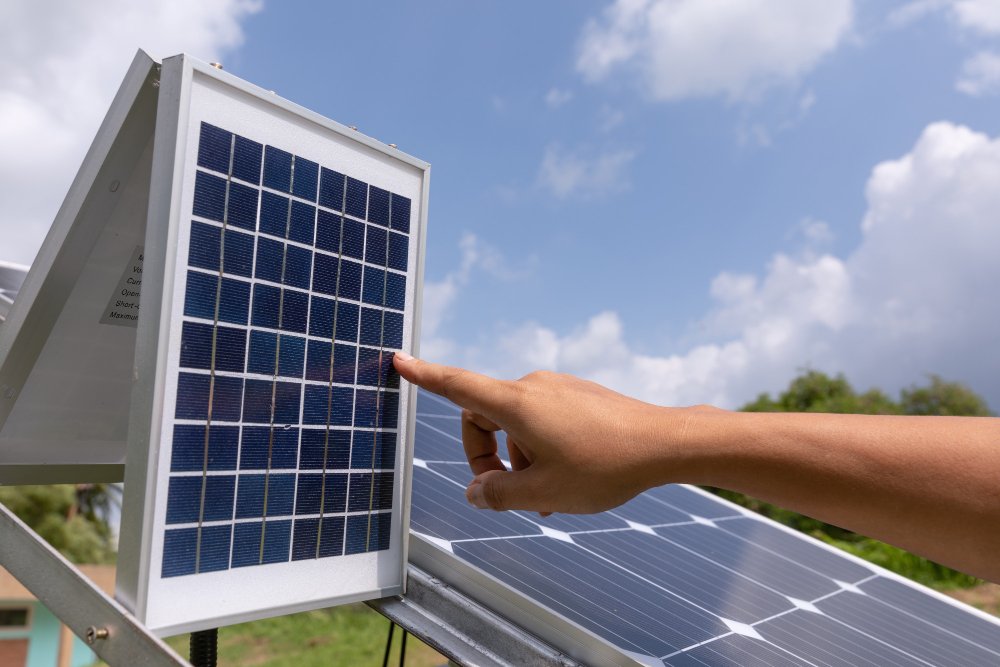
PV panels are composed of many individual solar cells, which are made from thin layers of semiconducting material like silicon. When sunlight to electricity shines on a solar cell, the photons from the light excite electrons in the cell, causing them to break free from their atoms. This generates an electric field within the cell, which forces electrons to flow in a certain direction, producing electricity.
The more intense the sunlight to electricity striking a PV panel, the more electricity it can generate. PV systems work very efficiently even on cloudy days and are highly reliable with a long lifespan. Homes and businesses with rooftop solar PV systems can use the electricity generated to power lights, appliances, and electronics, or it can be fed back into the grid. Utility-scale PV power plants generate massive amounts of solar electricity to distribute across the grid.
With solar panel costs falling dramatically over the past decade, PV electricity has become highly affordable and continues to grow as a major renewable energy source worldwide. PV technology offers a clean, sustainable way to meet our electricity needs.
Storing Solar Energy
One of the biggest challenges with solar power is developing efficient and affordable ways to store the energy for later use. Unlike fossil fuels, sunlight to electricity can’t be dispatched on demand 24/7. Energy storage helps overcome solar’s intermittent nature.

Batteries are the most common solution for residential solar storage. Lithium-ion batteries, like those found in electric vehicles, are gaining popularity. But battery storage adds significant upfront costs to a solar system. Researchers are exploring alternative storage methods, like pumped hydro and compressed air storage, but affordable large-scale solutions remain elusive.
The “duck curve” illustrates the storage problem facing utilities. As solar energy floods the grid during midday, net load crashes. But in the evening as solar fades, net load ramps up rapidly. This drastic transition requires utilities to have standby power plants ready to dispatch as solar generation declines. Widespread energy storage could help flatten the duck curve.
Innovations in battery tech, like solid-state batteries, could make storage cheaper and more efficient. But regulatory frameworks also need to evolve to support storage adoption. Storage remains solar’s missing link for 24/7 renewable energy.
Solar Thermal Power
Solar thermal power harnesses the sun’s energy in the form of heat. Unlike photovoltaics that directly convert sunlight to electricityinto electricity, solar thermal relies on heat transfer and steam to generate power.
The most common type of solar thermal power plant uses a system called concentrated solar power (CSP). CSP uses mirrors or lenses to concentrate a large area of sunlight to electricityonto a small receiver. The concentrated light heats up the receiver, which contains a heat-transfer fluid that can reach very high temperatures. The superheated fluid then flows through a heat exchanger where it produces steam to spin a turbine and generate electricity.
CSP plants allow for thermal energy storage by heating up a storage medium during times of sunlight. The hot storage medium can then continue to produce steam after sunset. This gives CSP an advantage over PV in that it can provide electricity on demand, day and night. With sufficient thermal storage, CSP plants can operate similar to traditional power plants while still harnessing the clean power of the sun.
The future is bright for CSP technology and its role in transitioning our energy infrastructure. With thermal energy storage and fossil fuel hybridization, CSP can provide reliable renewable electricity to meet our growing energy demands.
Rooftop Solar
Rooftop solar refers to solar panels installed on the roofs of homes, businesses, and other buildings to generate electricity. Rooftop solar provides a clean, renewable source of power that reduces reliance on the grid. There are two main types of rooftop solar installations:
Residential Rooftop Solar
In India, homeowners are increasingly adopting rooftop solar to reduce their electricity bills and minimize their carbon footprint. The most common residential systems are 3-8 kilowatts and can supply 50-70% of a home’s energy needs. The upfront cost of purchasing and installing a system ranges from ₹ 2,50,000 to ₹ 3,50,000, but homeowners can recoup costs relatively quickly through electricity bill savings and government incentives. Key benefits of residential rooftop solar include energy independence, protection from utility rate hikes, increased home value, and minimizing environmental impact.
Commercial Rooftop Solar
Indian businesses are ramping up rooftop solar installations to save on operating costs and meet sustainability goals. Commercial rooftop systems tend to be larger than residential, ranging from 10 kilowatts to megawatt-scale. The solar array size depends on the building’s energy demand and available roof space. Commercial solar delivers attractive returns on investment through utility savings and revenue from selling excess power back to the grid. Rooftop solar allows businesses to power operations with clean energy, reduce overhead, hedge against fossil fuel price volatility, and boost brand image.
Utility-Scale Solar
Solar power can be harnessed at a large scale through solar farms and power plants to generate electricity for widespread residential and commercial use. Solar farms consist of thousands of ground-mounted solar panels spread over large plots of land. Some can be as large as several hundred acres. These utility-scale solar installations feed solar electricity directly into the grid, supplying power to thousands of homes, businesses, schools, and other facilities at once.
The solar power plants utilize mirrors to concentrate sunlight to electricity onto a central tower containing a heat transfer fluid. The intense heat converts the fluid into steam to spin turbines and generate electricity. Some key benefits of utility-scale solar plants are:
– Generate bulk solar power to meet large-scale electricity needs
– Economies of scale make it a more cost-effective solar application
– Can provide power to remote towns and cities via transmission lines
– Require large vacant plots of inexpensive land
– Creates solar energy jobs for construction and O&M
With plenty of open space and abundant sunshine, solar farms and plants are an ideal renewable energy solution for large populations. The modular nature also allows incremental capacity expansion as demand grows.
Solar Energy Economics
The economics of solar power have changed dramatically over the last decade, making it an increasingly affordable and viable energy solution. Here are some key factors related to the costs, incentives, and policies around solar energy:
Installation Costs
The average cost to install a residential solar system in India is around Rs. 2,50,000-Rs. 3,50,000 before incentives, depending on system size. Prices have dropped significantly as technology improves and more players enter the market. Many homeowners are able to recoup installation costs in 4-7 years through electricity savings.
Tax Incentives
In India, the government encourages rooftop solar installations through the ‘Rooftop Solar Scheme’ or the ‘PM Surya Ghar Muft Bijli Yojana’, offering subsidies to homeowners. For commercial installations, businesses can claim the Input Tax Credit (ITC) on the installation and commissioning costs.
Net Metering
India’s net metering policies allow homeowners to receive credit for surplus electricity generated by their solar systems and fed back into the grid, making solar installations more affordable. The latest regulations permit net metering for loads up to 500 kilowatts (kW) or the sanctioned load, whichever is lower, and gross metering for loads above 500 kW.
Solar Renewable Energy Certificates (RECs)
RECs in India are market-based instruments that promote renewable energy and facilitate compliance with renewable purchase obligations (RPO). They provide additional income to solar producers for every 1,000 kWh produced. The value of RECs fluctuates based on market supply and demand, enhancing the return on investment for solar installations.
Decreasing Equipment Prices
Solar panel prices have dropped 90% since 2010, partly due to economies of scale as production expands. Lower solar cell and equipment costs make installations more cost-effective.
In summary, solar power has become much more economically viable thanks to incentives, falling costs, and innovative financing models. Policies that support solar adoption are crucial for continued growth.
Environmental Benefits of Solar Energy
Transitioning to solar power provides immense environmental advantages over traditional fossil fuel-based energy systems. Some of the key benefits of sunlight to electricity include:
Cleaner Air Quality
Burning fossil fuels like coal and natural gas to generate electricity results in harmful air pollutants like sulfur dioxide, nitrogen oxides, particulate matter, mercury, and more. These emissions contribute to smog, acid rain, and poor air quality that poses risks to public health.
In contrast, solar energy produces electricity without emitting air pollutants. Widespread adoption of solar can significantly improve air quality and related environmental issues. Studies have shown that increased solar capacity can reduce sulfur dioxide and nitrogen oxides emissions comparable to taking millions of cars off the roads.
Water Conservation
Thermal power plants in India, which primarily rely on fossil fuels, consume a significant amount of water for cooling and steam generation. It’s estimated that the Indian power sector withdraws a substantial portion of the country’s freshwater, with a large share going towards thermoelectric cooling.
Solar photovoltaic systems, on the other hand, do not require water to generate electricity. This attribute of solar power is particularly advantageous in regions of India where water scarcity is a pressing issue. Rooftop solar installations enable households to produce their own electricity while preserving precious water resources.
Sustainable and Renewable
Solar energy is a renewable resource – the sun’s radiation will continue to shine for billions of years. Once a solar system is installed, it converts sunlight to electricityinto electricity with minimal ongoing costs and without depleting resources. This positions solar energy as one of the most sustainable long-term solutions for electricity generation in India.
In contrast, fossil fuels such as coal, oil, and natural gas are finite and unsustainable. These reserves took millions of years to form, and once exhausted, cannot be replenished on a human timescale. The renewable nature of solar power alleviates the pressure on India’s finite natural resources.
Future of Solar
Improving Efficiency
There are multiple ways to boost the efficiency of solar panels, including the use of multi-junction cells, concentrating photovoltaics (CPV), and nanotechnology.
Multi-junction cells consist of several layers of semiconductor materials to absorb a broader spectrum of light. This can raise efficiency to over 40%, compared to the current efficiency of up to 24.1% for standard silicon cells. CPV systems employ lenses and curved mirrors to focus sunlight to electricityonto smaller, highly efficient solar cells. This concentrated light enables the cells to achieve efficiencies above 40%.
Nanotechnology employs nano-scale structures like quantum dots to capture light and convert it into energy. By manipulating materials at the molecular level, nanotech aims to push the boundaries of solar cell efficiency.
Emerging Technologies
Exciting new solar technologies are emerging, such as solar paint, transparent solar panels, and solar windows. Solar paint contains nano-particles that absorb sunlight to electricityto generate electricity, potentially turning any surface into a solar panel. Transparent panels can be installed on windows to produce power while still allowing light to pass through. Solar windows take it a step further and are constructed out of transparent photovoltaic cells.
Advanced solar technologies like floating solar farms, solar roads, and space-based solar power may further broaden our use of this renewable resource. The future of solar energy is limited only by human innovation.
One of the most promising developments in solar technology is the use of perovskite tandem solar cells. These cells layer traditional silicon with materials that share a unique crystal structure. When silicon and perovskites work together in tandem solar cells, they can utilize more of the solar spectrum, producing more electricity per cell. Perovskite tandem cells have already exceeded 33% efficiency in the lab.
However, it’s important to note that while these technologies hold great promise, their practical application and commercial viability are still under development.
Contact us today at +91-8320095024 or visit www.soleosenergy.com to learn more about Solar Energy! Feel free to reach out with any questions or to start your solar journey!

Take the next step in renewable energy by joining the Solarize Bharat pledge. Imagine your business not just as an entity benefiting from solar power but as a contributor to a nationwide movement, shaping the future of energy in our incredible nation.
Stay tuned for more exciting developments from Soleos Solar Energy!
P.S.: Share this blog with fellow solar enthusiasts to spread the word about the exciting world of solar energy!

